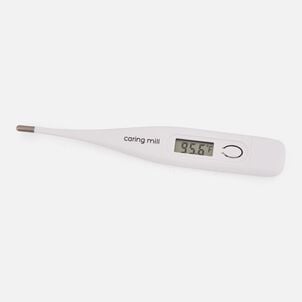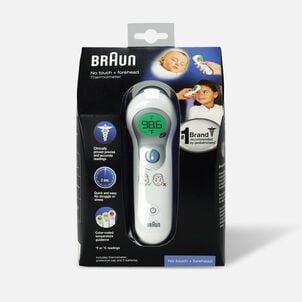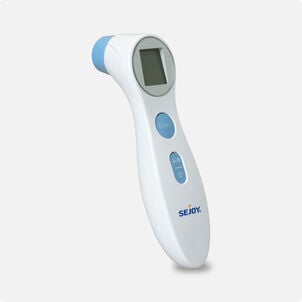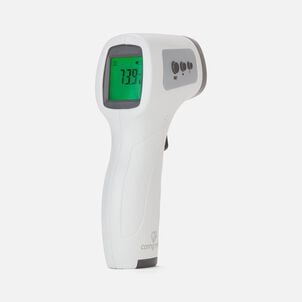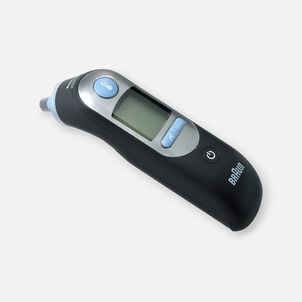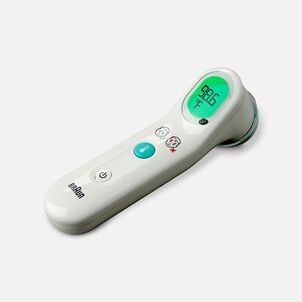The Complete HSA Eligibility List
Here it is — the most-comprehensive eligibility list available on the web. From A to Z, items and services deemed eligible for tax-free spending with your Flexible Spending Account (FSA), Health Savings Account (HSA), Health Reimbursement Arrangement (HRA) and more will be here, complete with details and requirements. Important Reminder: HSAs, FSAs, HRAs and other account types listed may not all be the same. Be sure to check with your administrator to confirm if something is eligible before making a purchase.
Here it is — the most-comprehensive eligibility list available on the web. From A to Z, items and services deemed eligible for tax-free spending with your Flexible Spending Account (FSA), Health Savings Account (HSA), Health Reimbursement Arrangement (HRA) and more will be here, complete with details and requirements. Important Reminder: FSAs, HRAs and other account types listed may not all be the same. Be sure to check with your administrator to confirm if something is eligible before making a purchase.
Ear Thermometer: HSA Eligibility
Ear Thermometer: eligible with a Health Savings Account (HSA)HSA Eligible Thermometers
What is an ear thermometer?
Ear thermometers use infrared technology to measure body temperature at the tympanum, or eardrum, inside the ear. Readings take about one second, so they are quick and relatively easy to acquire. Measuring body temperature at the ear is slightly faster and simpler than other common locations, such as under the tongue, armpit, or through the rectum (MedicineNet.com).
Why use an ear thermometer instead of anything else?
Ear thermometers are one of the easiest tools to use for measuring body temperature. Unlike mouth and rectal thermometers, ear thermometers work more quickly, produce less discomfort, and are simpler to use. Body temperature is most commonly read through the mouth, rectum, or armpit. Measuring the body temperature can take several seconds, up to several minutes, and can be affected by physical activity, food and beverage consumption, alcohol and tobacco use, and other factors (Mayo Clinic).
“Normal” human body temperature, i.e. the healthy temperature range, is also called normothermia or euthermia. Across the human body, this temperature varies slightly but correlates with fluctuations throughout the day due to various life patterns and activities. There is no perfect way of assessing one's core body temperature, but the most effective method may vary based on factors including the patient’s consciousness, pain and discomfort level, recent activities, and age.
The most common measurement tools are ear thermometers and mouth (sublingual, or under the tongue) thermometers. Between these two methods, ear thermometers are faster and easier to use, but require extra care to reach the correct part of the ear (tympanum).
What are the drawbacks?
Ear thermometers are vulnerable to faulty measurements, most commonly due to user error (failure to reach the tympanum) and wax buildup. Faulty readings tend to register below the actual level, rather than above. This can result in a failure to diagnose a fever, for example. Ear thermometers also require power (via batteries), similar to other electronic thermometers. Lastly, ear thermometers use disposable covers, filters or sheaths that must be replaced after each use (National Center for Biotechnology Information).
Additional features of ear thermometers
Ear thermometers are commonly equipped with features to mitigate or prevent the most common issues, outlined above. Typical features include warmed tips for patient comfort, location sensors that confirm accurate placement & measurement of the tympanum, and memory functions which track a patient’s temperature history. Ear thermometers require batteries (usually AA, and included, but verify first). They also use disposable filters for patient hygiene and protection. Ear thermometers usually come with a dozen or more filters, but make sure to purchase enough to last through the duration of expected use.



